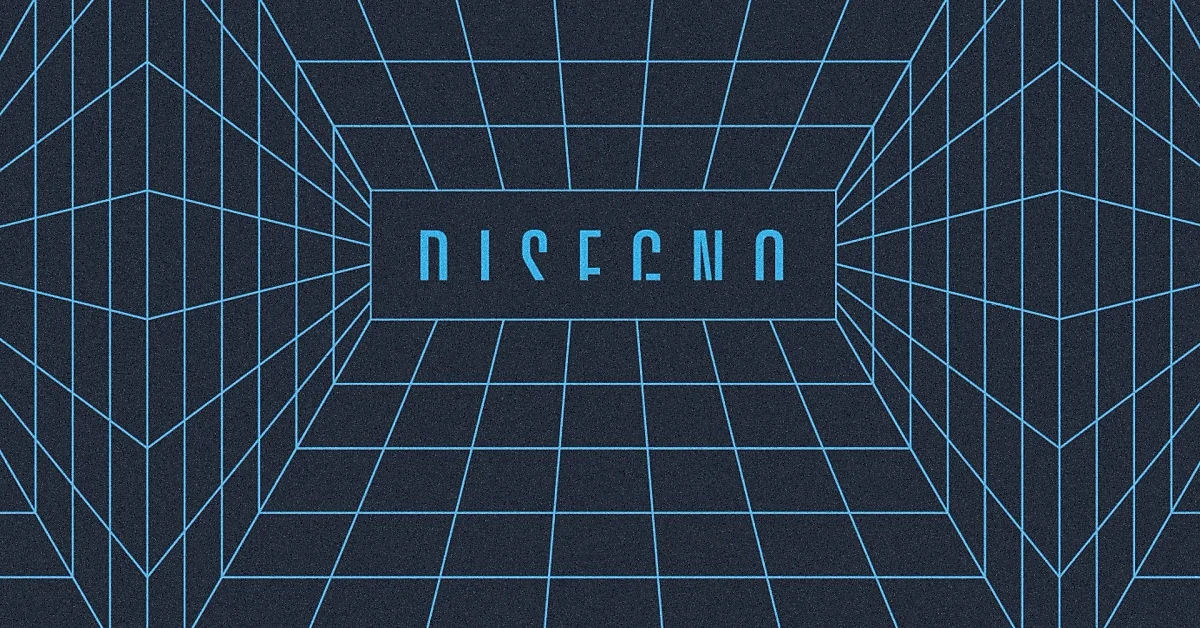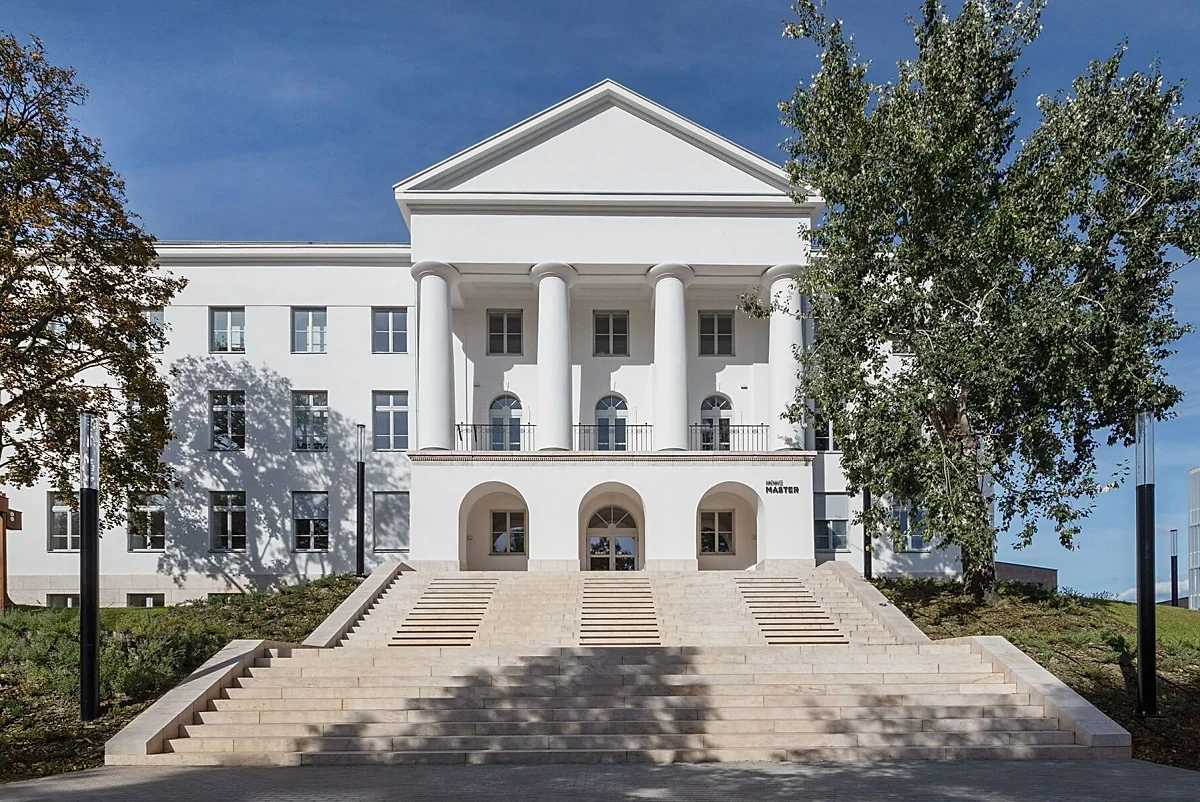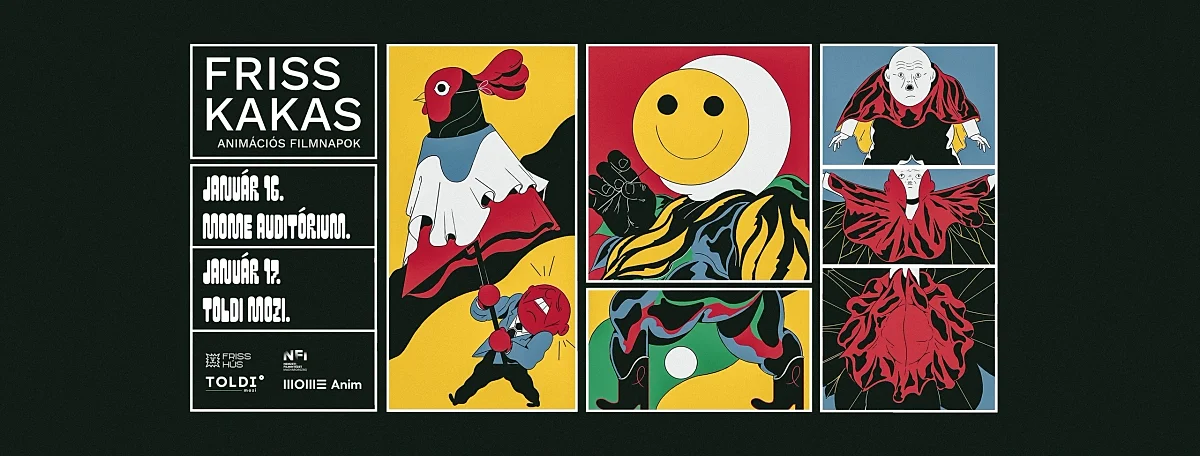
A legacy of courage in addition to great designs
Stefan Lengyel is an internationally renowned designer whose students have gone on to hold leading positions at major global companies, and whose ideas have shaped the everyday objects we use. He was awarded with thirty professional accolades and credited with designing the Bengáli and iconic Ganz CSMG articulated trams, the M8 Calypso tape recorder, the modern petrol pump, and Miele’s innovations.
“Stefan Lengyel, both as a designer and teacher, embodies the very spirit of design culture, and his life’s work is truly deserving of our recognition”, wrote historian of ideas and one of the book’s authors university professor Márton Szentpéteri.
In addition to his oeuvre, Lengyel made significant contributions to the field of education, revitalising MOME’s design training and establishing a collaboration between the university and Mercedes-Benz, which for nearly two decades has enabled Hungarian students to engage in creating the automotive designs of the future. His career serves as an inspiration to the next generation of designers, and his story has become a key chapter in design history, now accessible to all.
The newly released book chronicles Lengyel’s life in the chapter ‘Life Journey’, presenting his story through an exciting narrative. It recounts his early struggles, when, hindered by his bourgeois background, he personally petitioned party officials to be allowed to attend technical school. It then follows the journey of this young man from Pesterzsébet to studying industrial design at the Hungarian College of Applied Arts, detailing the development of his academic career and his entry into vehicle design at the Ganz factory, where he worked alongside renowned figures like Gyula Kaesz, Dezső Bozzay, and Farkas András Dózsa. It also explores his decision to leave Hungary for Essen, where he began teaching and played an instrumental role in shaping one of Germany’s most renowned design education hubs. The book highlights how his courage and risk appetite were integral to his achievements, and how his personal life unfolded as his years in Essen gradually drove him further and further away from Hungary – until, in 2009, he returned to his alma mater, MOME’s Product Design Department, and help lay the groundwork for the next generation of designers.
The chapter ‘Design Stories’ offers insights into the history behind specific designs, covering famous works like the Bengali and Ganz articulated trams, the M8 Calypso tape recorder, and the stair-climbing pram, in addition to everyday items such as the 0.33-litre standard German beer bottle, the Monpti typewriter, the Interton game, and the Liesegang overhead projector and slide projector. It also showcases other designs, including the automatic hydrogen refuelling station and modern petrol pump columns for Aral, while presenting a selection of exhibition and object designs, and functional objects such as the Certino chair and the Edelhoff waste bin.
Authors Dorottya Füzesi, András Húnfalvi, Zsuzsa Kálmán, and Márton Szentpéteri spent months gathering and compiling materials, conducting personal interviews with Lengyel and his colleagues, and carrying out on-site and archival research to document the history of his designs and life. The book’s visual world is shaped by historical photographs, images by Máté Lakos, and book design by Luca Patkós. Lengyel’s career offers valuable lessons, with a legacy encompassing not just his objects, but also his outlook, determination, and courage.
The bilingual book (in English and Hungarian) will soon be available for purchase.


